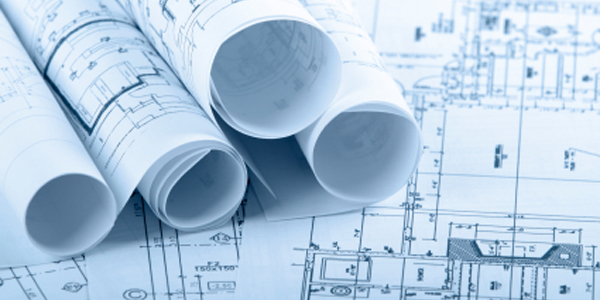Editor’s Note: Ardent Partners is proud to announce the publication of a new report on the trends and value drivers for AP and procurement, sponsored by Corcentric, and available here (registration required). Today’s article will share some thoughts on a theme similar to that report.
The science of physics is split into two branches: special relativity, which explains concepts like the speed of light and the movement of the planets, and quantum mechanics, which governs things like atoms and electrons. One of the major pushes that physicists have embarked on in the past half century is finding what is called a “unified field theory.” Such a theory would result in special relativity and quantum mechanics both being governed by the same set of laws, which, according to some scientists, could unlock significant advancement in the field of physics.
In the supply management realm, the arguement can be made that the unified field theory comes down to collaboration across functional lines. Essentially, the practice of collaboration should ideally govern the actions of both procurement and accounts payable (AP); the reason for this is because when these two teams collaborate, they are able to open up a wealth of organizational data that can inform change across the entire enterprise—not solely within their groups.
Why Process and System Linkage Matters
One of the biggest things to understand about procurement and accounts payable is that these two teams occupy two halves of the same whole. The procure-to-pay (P2P) process begins in procurement, with sourcing and acquisition activities, and continues through to AP’s invoice and payment approval processes.
It is because of this linkage ijn the P2P process that business process transformation in procurement should also include the same in AP. This means looking at AP and procurement holistically, without separating out the two teams except in terms of creating a step-by-step project plan for change. This connected process has the possibility of driving tremendous financial value to the enterprise at large, so it makes a significant amount of sense to examine the two teams as one interwoven whole.
The Impact of Successful Collaboration
When enterprises enact a successful culture of collaboration between AP and procurement, and tightly link and automate the two workflows, there are a series of opportunities that the joint team can pursue—to the benefit of the entire enterprise. It must be said, of course, that many of these opportunities result from visibility into spend, invoices, and processes across the entire P2P spectrum.
The advantages that come from tight procurement/AP collaboration include:
- The ability to optimize working capital across the P2P process. Working capital optimization is one of the perpetual challenges in the finance organization. A linked P2P process can offer greater financial visibility into both procurement and accounts payable data, which can help Treasury get involved earlier on to help negotiate contracts with payment terms in line with working capital goals and also align supplier payments with cash management objectives.
- The ability to minimize invoice exceptions and errors. The invoice approval process is designed to operate as a straight-through process with, ideally, minimal human interaction. As a result, when an exception is caused, the process is extended and the supplier’s payment is delayed. With collaboration across the P2P process, AP has more documents to verify invoices against and thus runs a lower risk of either mistakes on the invoice/payment or exceptions because of missing information.
- The ability to improve supplier relationships by being able to pay suppliers on time (or early) and more accurately. This relates back to the collaboration and data visibility that is part and parcel of a connected P2P process. With AP and procurement communicating back and forth, AP receives fewer inquiries from suppliers about their invoice, and procurement needs to ask fewer questions of their compatriots because the information is right there to be viewed. As AP pays invoices at their agreed-upon time, or early, the supplier relationship is improved because of the timely/early payment and the lack of a need to constantly check in.
Final Thoughts
The business world is constantly changing, and one of the most important ways that enterprises can adapt is to improve collaboration across functions. One of the clearest places that collaboration can unify departments is within the P2P process, where AP and procurement function as two halves of the same whole. The more AP and procurement collaborate, the better business results will generally be through a combination of increased visibility and an improved ability to react to changing conditions.
Download the Corcentric-sponsored report, “Total Transformation: Trends and Value Drivers in AP and Procurement,” for more information.
Check out these related articles:
How ePayments Address Collaboration Concerns
How Trends in Procurement Affect Accounts Payable
AP’s Top Trends for 2015: The Changing Skillsets of Accounts Payable
AP’s Top Trends for 2015: A Greater Involvement in Working Capital Optimization
AP’s Top Trends for 2015: A Stronger AP/Procurement Partnership
AP’s Top Trends in 2015: The Increasing Automation of Accounts Payable







Comments are closed.